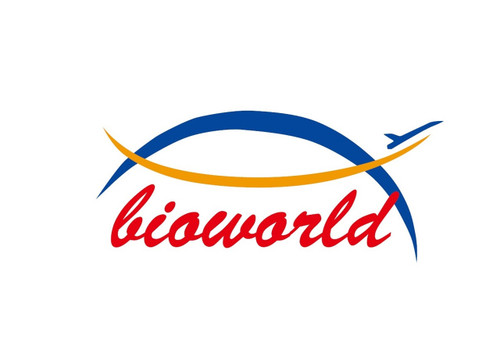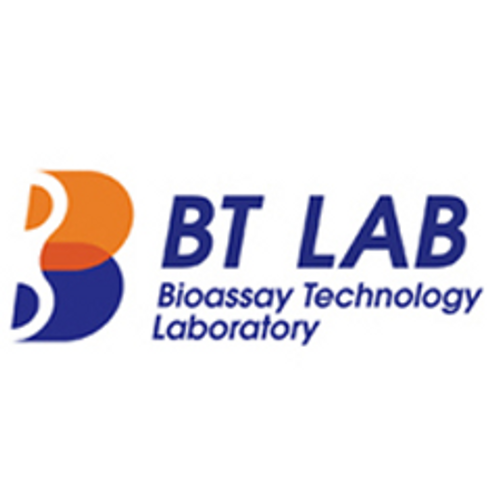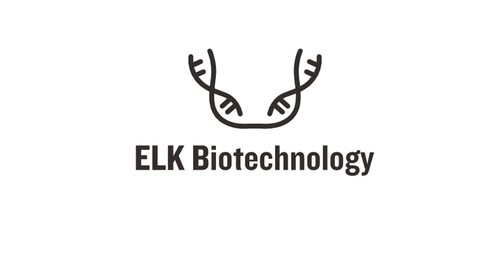Product Description
p53 (K386) polyclonal Antibody | BS1564 | Bioworld
Host: Rabbit
Reactivity: Human,Mouse,Rat
Application: WB IHC IF
Application Range: WB: 1:500~1:1000 IHC: 1:50~1:200 IF: 1:50~1:200
Background: p53, a DNA-binding, oligomerization domain and transcription activation domain-containing tumor suppressor, upregulates growth arrest and apoptosisrelated genes in response to stress signals, thereby influencing programmed cell death, cell differentiation and cell cycle control mechanisms. p53 localizes to the nucleus, yet can be chaperoned to the cytoplasm by the negative regulator MDM2, an E3 ubiquitin ligase that is upregulated in the presence of active p53, where MDM2 poly-ubiquitinates p53 for proteasome targeting. p53 fluctuates between latent and active (DNA-binding) conformations and is differentially activated through posttranslational modifications including phosphorylation and acetylation.
Storage & Stability: Store at 4°C short term. Aliquot and store at -20°C long term. Avoid freeze-thaw cycles.
Specificity: p53 (K386) polyclonal Antibody detects endogenous levels of p53 protein
Molecular Weight: ~53,43 kDa
Note: For research use only, not for use in diagnostic procedure.
Alternative Names: Cellular tumor antigen p53; Antigen NY-CO-13; Phosphoprotein p53; Tumor suppressor p53; TP53; P53
Immunogen: Synthetic peptide, corresponding to amino acids 351-400 of Human p53.
Conjugate: Unconjugated
Modification: Unmodification
Purification & Purity: The Antibody was affinity-purified from rabbit antiserum by affinity-chromatography using epitope-specific immunogen and the purity is > 95% (by SDS-PAGE) .
Pathway: PI3K AKT signaling,Protein Kinase C Signaling,Hypoxia Signaling,Translational Contral elF4 and p70 S6 Kinase,Inhibition of Apoptosis,Insulin &Glucose Signaling,MAPK Erk in Growth and Differentiation Pathway,Mitochondrial Control of Apoptosis,MTOR signaling,ErbB HER Signaling,
 Euro
Euro
 USD
USD
 British Pound
British Pound
 NULL
NULL








